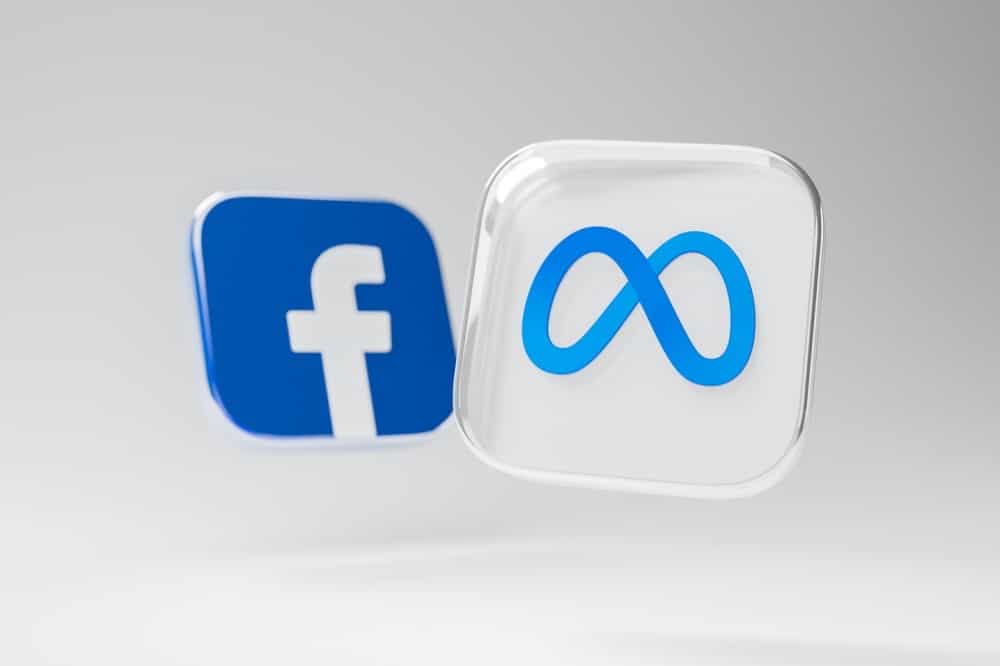
With over 2.8 billion active users, Facebook has become an integral part of daily life for many people. However, as the platform grows, so do the risks associated with having a vulnerable Facebook account. This guide will walk you through the steps to not only secure your account but also optimize it for better user experience and safety.
Setting Up a Strong Facebook Account
- Creating a Unique Password: A strong password is the first line of defense. Use a combination of uppercase letters, lowercase letters, numbers, and special characters. Avoid using personal information like birth dates or common phrases.
- Enabling Two-Factor Authentication (2FA): Two-factor authentication adds an extra layer of security by requiring both a password and a secondary form of verification, usually a code sent to your phone. You can set this up under Settings > Security and Login.
- Avoiding Reusing Passwords: Ensure that your Facebook account has a unique password, different from other accounts. If one site is compromised, hackers won’t be able to access your Facebook account using the same credentials.
Optimizing Your Facebook Account Privacy Settings
- Reviewing Your Privacy Settings: Go to Settings > Privacy and adjust who can see your posts, friend list, and personal information. For enhanced security, limit this to “Friends” or even “Only Me” for sensitive information.
- Limiting Past Post Visibility: If you want to prevent new friends or acquaintances from viewing older posts, you can limit the visibility of all past posts under the Privacy Settings.
- Controlling Friend Requests: Under Privacy Settings, you can also control who can send you friend requests. Limiting this to “Friends of Friends” can help avoid requests from unknown or suspicious accounts.
Monitoring and Securing Facebook Account Activity
- Checking for Suspicious Logins: Regularly check Security and Login Settings for devices and locations from which your account has been accessed. If you notice unfamiliar logins, log them out immediately and change your password.
- Setting Up Login Alerts: Facebook allows you to set up alerts for unrecognized logins. This feature will notify you via email or SMS if someone logs into your account from an unknown device or location.
- Regular Account Audits: Routinely review your friend list, apps connected to your account, and the pages you follow. Remove any that seem suspicious or inactive to reduce potential vulnerabilities.
Protecting Your Facebook Account from Hackers
- Avoiding Phishing Scams: Be wary of emails or messages that ask for your login credentials or direct you to unfamiliar sites that look like Facebook. Always check the URL before entering your password to ensure it’s legitimate.
- Beware of Malicious Links: Don’t click on suspicious links, even if they come from friends. Hackers can take over accounts and send harmful links to contacts.
- Using Trusted Contacts for Account Recovery: Facebook allows you to set up trusted contacts who can help you regain access to your account if you get locked out. This feature can be found under Security and Login settings.
Facebook Account Optimization for Better User Experience

- Updating Profile Information: Regularly update your personal information such as your bio, profile picture, and work details. This keeps your account looking current and professional, especially if you use it for networking.
- Organizing Your News Feed: Use the “Favorites” option to prioritize posts from close friends, family, or pages that matter most to you. This way, your News Feed stays relevant and less cluttered.
- Managing Notifications: Go to Settings > Notifications to customize which notifications you receive and how. This helps reduce distractions and alerts that don’t matter, keeping your Facebook experience more streamlined.
What to Do If Your Facebook Account is Compromised
- Changing Your Password Immediately: If you suspect that your Facebook account has been hacked, the first step is to change your password to regain control.
- Reporting to Facebook: If you’re locked out or see unauthorized activity, use Facebook’s Help Center to report the issue and recover your account.
- Scanning for Malware: After securing your account, run a malware scan on your device to ensure it wasn’t infected, which could have led to your account being compromised in the first place.
The Future of Facebook Accounts and Online Security
With growing concerns about privacy and security, Facebook continues to implement new features aimed at protecting user accounts. As the platform evolves, users must stay informed about updates and security enhancements.
- Privacy-First Features: Facebook is expected to roll out more user-friendly privacy tools, allowing greater control over personal data and interactions.
- Enhanced AI for Security: Facebook is leveraging artificial intelligence to detect suspicious activity, but users must continue to be vigilant in protecting their accounts.
Conclusion: Keep Your Facebook Account Safe and Enjoyable
Securing your Facebook account requires a proactive approach to managing privacy settings, enabling security features like two-factor authentication, and regularly monitoring activity. By following these steps, you’ll ensure that your Facebook experience remains safe, optimized, and enjoyable for the long run.

Leave a Reply